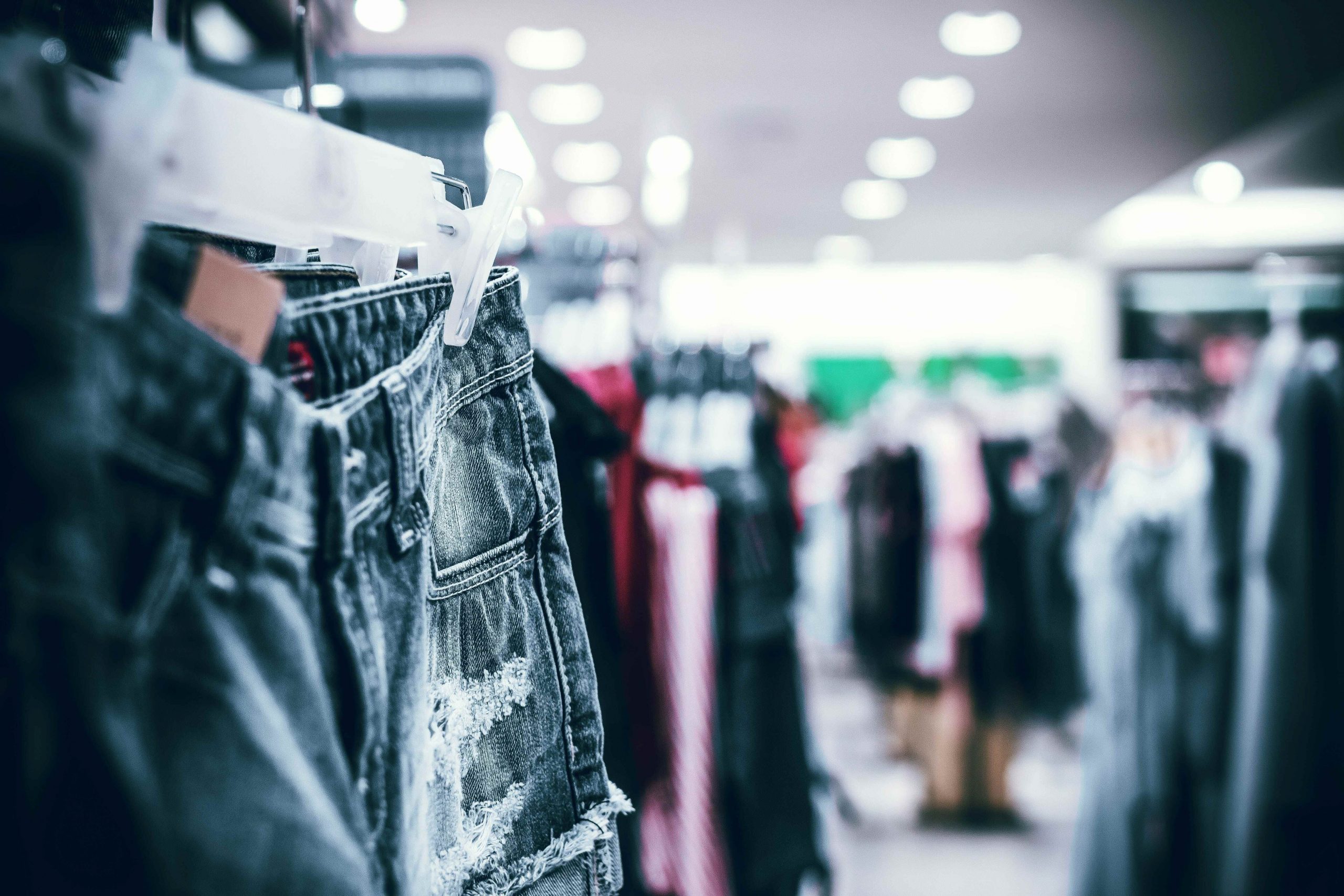
Life&Stye Writer Zoë Maddock discusses consumerism, micro-trends and it’s effects on individuality and the environment in contemporary society
There is a strange paradox surrounding our generation’s sense of style and how we relate it to our individuality. Although new ‘core’ terms or aesthetics emerge daily, the concept of individual style appears to be in decline.
We all intrinsically desire to be liked and belong to a community. Part of finding community comes from how we dress. However, there is also a desire to be unique, stemming from the fear of otherwise being labelled ‘basic’. Trending terms like ‘blokecore’ or ‘balletcore’, make it harder to develop a wardrobe entirely unique to the individual, instead placing value on fitting into an aesthetic.
Trend cycles have become shorter and gaining access to trends set by fashion brands has become easier
With the rise of social media, gaining access to trends set by fashion brands has become easier, and trend cycles have become shorter. In recent years, TikTok has become the dominating force in quickening trend cycles, with 2020 being the year of TikTok micro-trends such as cow print, checkerboard, and bucket hats rising in popularity. These trends quickly peaked and were forgotten within months, contributing to an overwhelming feeling of people wearing the same thing. All of a sudden, the micro-trend becomes ‘basic’ and falls out of public favour. This rapid turnover of micro-trends means that they become ‘dated’ almost as quickly as they appeared in our social consciousness.
It is hard to say what our intentions behind micro-trend conformity is. The access to endless amounts of content showcasing people’s clothes influences how we consume micro-trends. If we conform to a trend, are we doing so to fit in, or are we aspiring to create a wardrobe that feels quirky and different. This is the paradox created by micro-trends. They are trending, therefore popular, but the rapid turnover of them suggests that people do not want to be seen wearing a micro-trend for too long for fear of blending in with the crowd. Fashion homogeneity suggests that there is not a strong sense of individuality within our generation, relying on what’s popular to influence our style.
How personal is our connection to micro-trends? Are we dressing in them for ourselves, or are we attempting to influence how we are perceived by others? Conflating entire personalities with clothing means we assume that all outfits are trying to tell us everything about a person. Sometimes I want to wear a floral dress, this doesn’t mean I want to be perceived as a Cottagecore ‘Girly’. Vogue suggests that many of these ‘new’ micro-trends just ‘repackage existing aesthetics and looks’. This means we can spend years cycling between the same trends, but with slightly different names. For example, Dads everywhere have been serving blokecore for years.
My biggest issue with micro-trends is that they promote the overconsumption of clothing and not the development of a personal style. The frequency at which we buy clothing is not going to benefit us or the planet in the long run, with it being estimated that our demand for clothing will increase by 63% by 2030. The rate at which trends change means more people turn to fast-fashion sites to be able to follow them and not spend a fortune. Therefore, micro-trends have a huge environmental and social impact.
Clothing manufacturing is ‘responsible for 2-8% of annual greenhouse gas emissions’
While we may enjoy saving our money on fast-fashion sites we must to consider the impact of such inexpensive clothing. Clothing manufacturing is ‘responsible for 2-8% of annual greenhouse gas emissions’, with most of this clothing made by underpaid garment workers working in incredibly dangerous conditions. If we saved our money by not giving in to a new micro-trend every month, we would be able to invest in pieces that can become cherished wardrobe staples, minimising harm done to the planet and its people – a win-win!
Fashion homogeneity is not inherently bad, we are allowed to dress the same if we like. However, if individuality is the goal, micro-trends do not help. Our wardrobes can showcase elements of our personality without letting aesthetics dictate our entire identity. So, what’s the solution? Picking and choosing our favourite parts of trends and taking time to find good quality pieces to buy. As the trend cycle continually repeats, there is usually be an option to shop second hand! Rethinking how we partake in trends may improve our relationships with our wardrobes. Self-expression and fashion go hand-in-hand; taking time to curate a unique style detached from micro-trends is more beneficial than we may think.
Micro-trends often repackage existing aesthetics and looks, leading to the cycling between the same trends with slightly different names. Overconsumption of clothing and the constant need to follow trends have significant environmental and social impacts.
Clothing manufacturing frequently exploits underpaid garment workers in dangerous conditions. Saving money by resisting the lure of new micro-trends every month can contribute to investing in cherished wardrobe staples and reducing harm to the planet and its people.
While fashion homogeneity is not inherently negative, micro-trends hinder individuality. Our wardrobes can showcase elements of our personality without letting aesthetics dictate our entire identity. The solution lies in picking and choosing favorite parts of trends and investing time in finding good-quality, second-hand pieces. Rethinking how we engage in trends can enhance our relationships with our wardrobes, emphasising self-expression detached from micro-trends.
Read more from Life&Style here:
A Student’s Guide to Being Sober: Dry January and Beyond
Examining the Office Siren: A Contemporary Spin on the Girlboss Aesthetic?
Ins and Outs: How does social media influence our New Years resolutions?
Comments